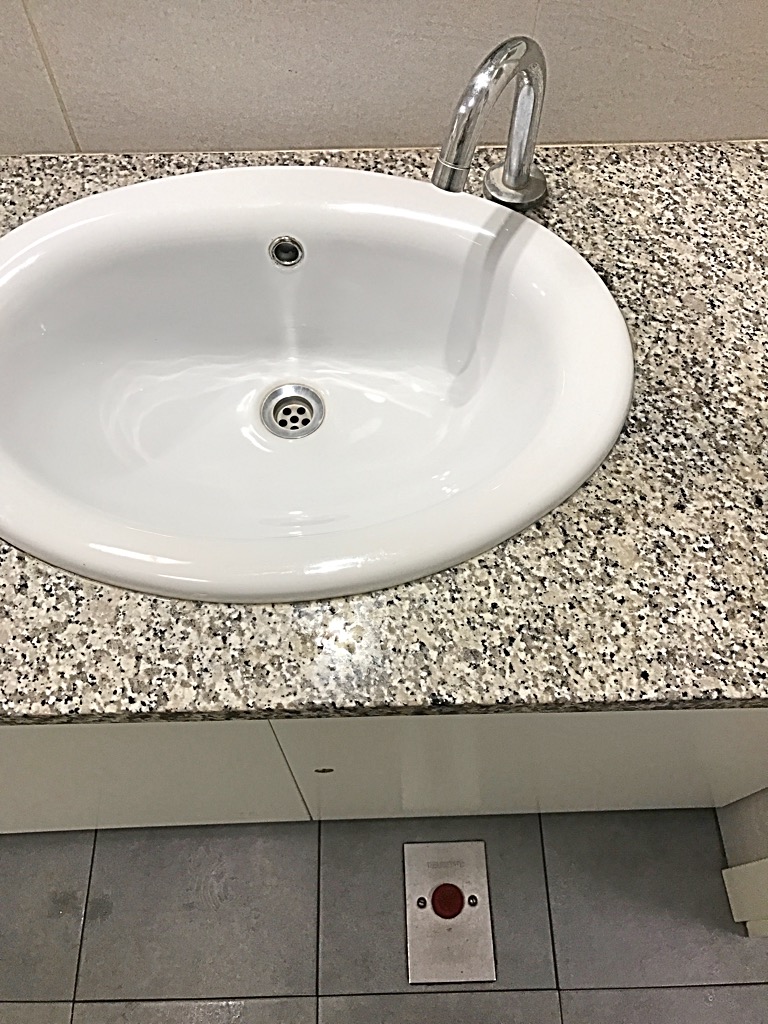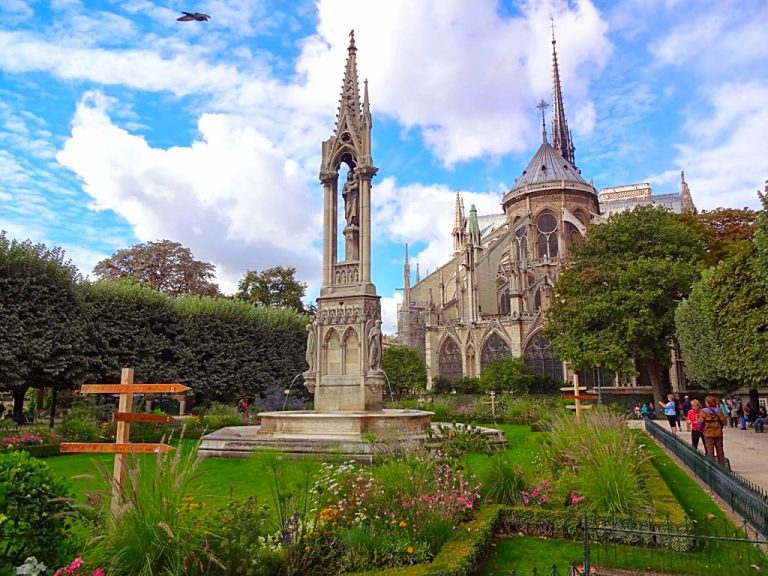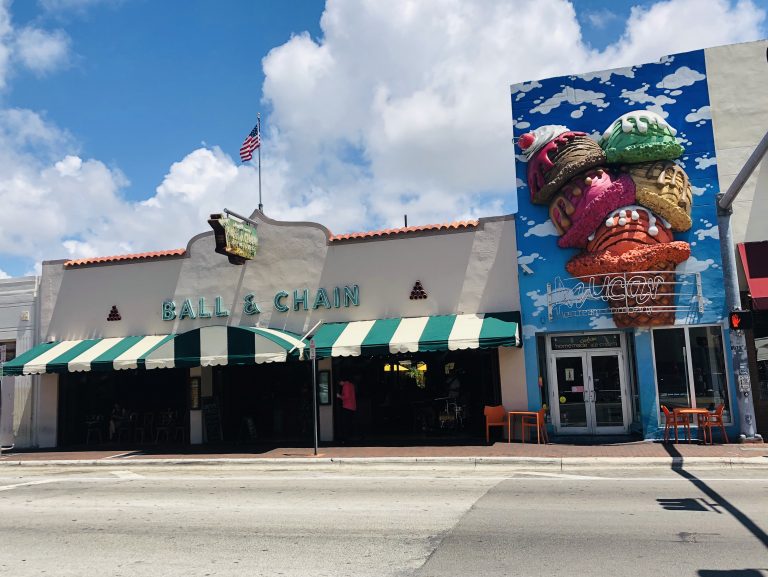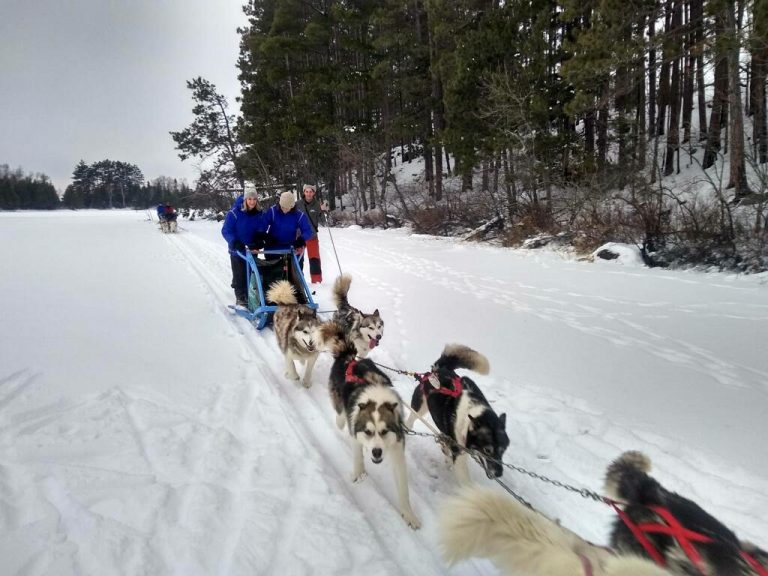Things That Might Shock Americans in Europe
I freaking love Europe, and I personally have not been offended by anything on this list (so far). I was a little shocked the first time coming across #2, but that is a drop in the bucket when it comes to everything this amazing continent has to offer.
- You might have to pay to use a bathroom. At tourist attractions in Italy and beaches in France especially, I have paid anywhere from €.50-€1.00 to use the public bathrooms. Even in the abundant cafes, the shop owner will insist you buy something in order to use it.

.50 € to use the bathroom inside a Cathedral. - There is sometimes no toilet seat. Fold up some TP and put it down, or get your leg workout in by squatting and hovering over the toilet. I have seen this most often in France.
- The public bathroom sinks sometimes don’t have faucet handles. (You may however see a red ripcord next to the toilet or shower. Don’t pull this one unless you have fallen. This is an alarm.) A lot of bathroom differences if you haven’t noticed by now.. Figuring out how to turn the water faucet on (in some public bathrooms) is a fun game. Usually, look down and you’ll see pedals or buttons on the floor to control the water.

The red button on the floor – step here for flowing water. - Some attraction/restaurant/stores can be closed despite Google or guidebooks leading you to believe they are open . In some countries, they get to close their stores and restaurants whenever they want, perhaps for an afternoon siesta (Spain), or in the traditional Italian ways by taking a few hours in the afternoon to close. In Florence, we tried to go to the Bargello Museum at 1pm on a Thursday in early March. They should have been open until 5pm, but had just recently cut the hours back – closing at 1pm. We didn’t know this until we were at the Museum and it was already closed, and were told by an employee on his way out.
- When dining at a restaurant, you have to ask for the bill. No, it’s not a representation of bad service if a waiter or waitress doesn’t bring you your bill, even after you’ve declined dessert and your wine (and water) glasses are empty. Ask for the bill (and preferably in the local language). In the United States, we are used to the bill being brought as soon as the server catches wind that we may be finished. In Europe, dining is viewed as a slow moving, pleasant event. You rarely feel rushed out of any restaurant.

Un billet, s’il vous plaît. - You might need to validate your bus or train ticket. In some places (especially Italy), simply purchasing a bus or train ticket is sometimes not enough. Ask/look for validation machines on board the bus or on the platform before boarding a train. Watch for other people validating their tickets and follow suit. You can get hit with hefty fines if you board without validating your ticket.

Keep an eye out for ticket validation machines. - Some countries have very loose driving regulations. It is extremely common to see motorbikes/Vespas/scooters/sometimes even tiny cars weaving around other cars and even sometimes going around traffic by utilizing the sidewalks. Rome, for instance, is terrifying. We never drive in places where the metro, rail, and bus systems are superior to the United States, which is pretty much everywhere. This rule doesn’t particularly apply to places such as Germany. They have very low accident rates because most people abide by the laws.
- A ton of people can speak English. After one or two tries of asking a question, you should be able to get what you need. This is especially true for the younger generations. I tend to stick to asking store clerks, restaurants, or the hotel lobby desk. However, I still recommend learning a few words like “Hello”, “Goodbye”, “Please”, and “Thank You”. After all, we are guests in their country.
- Tiny elevators inside hotels. It’s rare that when traveling with other people and all of your luggage combined that you will all fit in the elevator in one trip. Older buildings in Europe make for smaller hotel rooms than we are used to here in the States, which means smaller elevators as well. Some hotels do not even have elevators.
- The seafood will still have it’s “face”. In Spain, the prosciutto will be sliced right from the leg-hoof intact.

The seafood platter in Cartagena, Spain. - Smaller coffee. A lot of Americans are used to drinking large mugs of coffee as part of their morning routine, savoring every last sip. If you’re in Italy (for example), you will see that Italians drink out of a tiny espresso mug, very quickly, while standing at a coffee shop bar. If you are accustomed to drinking drip coffee and want a cup that is more watered down than espresso, try the “Cafè Americano”.

Single Espresso before taking a drink. - Water at restaurants is usually never free of charge. Even if they bring it to your table without asking if you want it, you still may see it show up on your bill. The same can apply to bread.
- The pedestrian “pass on the right hand side” unwritten rule does not apply. Garrett and I just discussed this one on our last trip as we seemed to be weaving back and forth like ping pong balls around other people walking. No one seems to abide by this unwritten rule pertaining to pedestrians passing each other on the right side of sidewalks, streets, anywhere. I guess why should anyone abide by this?-A lot of other countries drive and pass on the left-hand side. I suppose that the right isn’t always right.
This list will continue to evolve as I think of and experience other cultural differences. Did any of these scenarios on my list shock you the first time that you experienced them?


![Three Days In [Romantic] Rovinj, Croatia](http://letstravelwells.com/wp-content/uploads/2018/06/rovinjcroatia_copyrightletstravelwells-768x512.jpg)



